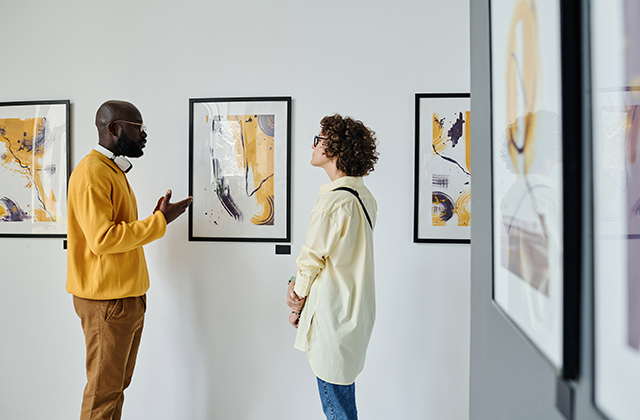Storyboarding is the backbone of any visual storytelling process, serving as the blueprint that guides filmmakers, animators, and content creators through the intricate maze of narrative construction. However, even the most seasoned storyboard artists can fall prey to certain pitfalls that hinder the effectiveness and clarity of their visual narratives. In this article, we’ll delve into five common storyboard slip-ups and provide insights on how to sidestep them gracefully. Whether you’re a veteran storyboard artist or someone looking to hire one, understanding these challenges is crucial for ensuring the seamless execution of your creative vision.
- Overcomplicating the Visual Composition: One of the primary functions of a storyboard is to convey the essence of a scene or sequence in a clear and concise manner. However, some storyboard artists fall into the trap of overloading their frames with unnecessary details, cluttering the composition and diluting its impact. To avoid this, focus on prioritizing the key elements that drive the narrative forward. Emphasize character expressions, camera angles, and essential visual cues while keeping the composition clean and uncluttered. Remember, less is often more when it comes to effective storytelling.
- Neglecting Continuity: Continuity errors can disrupt the flow of a story and confuse the audience. Whether it’s inconsistencies in character placement, props, or backgrounds, failing to maintain continuity can undermine the coherence of the narrative. To prevent this, pay meticulous attention to detail and create a storyboard that maintains a seamless visual continuity from frame to frame. Use reference materials and storyboarding software to keep track of visual elements and ensure consistency throughout the entire sequence.
- Ignoring Pacing and Rhythm: Effective storytelling relies heavily on the pacing and rhythm of the narrative. However, some storyboard artists overlook these crucial aspects, resulting in scenes that feel disjointed or lackluster. To avoid this, pay close attention to the pacing of your storyboard, ensuring that each frame contributes to the overall rhythm of the story. Experiment with different shot lengths, transitions, and camera movements to create a dynamic and engaging narrative flow. Remember to give each scene the time and space it needs to resonate with the audience emotionally.
- Underestimating the Importance of Thumbnails: Thumbnails serve as the initial sketches or rough drafts of a storyboard, providing a quick visual overview of the entire sequence. However, some storyboard artists rush through this stage or skip it altogether, jumping straight into detailed drawings without fully exploring their ideas. To avoid this, take the time to create rough thumbnail sketches for each scene before diving into the finer details. Thumbnails allow you to experiment with composition, framing, and storytelling techniques without committing to a final design. They serve as a valuable tool for brainstorming ideas and refining the overall structure of your storyboard.
- Lack of Collaboration and Feedback: Storyboarding is inherently a collaborative process, requiring input and feedback from various stakeholders, including directors, producers, and fellow artists. However, some storyboard artists make the mistake of working in isolation, failing to seek out constructive criticism or incorporate valuable insights from others. To avoid this, embrace collaboration and actively seek feedback from your peers and mentors throughout the storyboard development process. Engage in open dialogue, exchange ideas, and be receptive to constructive criticism. Remember, the collective expertise of your team can help elevate the quality of your storyboard and bring your creative vision to life.
Storyboard Artist for Hire: Are you in need of a skilled storyboard artist to bring your creative vision to life? Look no further! Our team of experienced storyboard artists specializes in crafting compelling visual narratives that captivate audiences and drive home your message. With a keen eye for detail and a passion for storytelling, we’ll work closely with you to transform your ideas into dynamic storyboards that resonate with your target audience. Whether you’re producing a film, animation, or advertisement, our storyboard artists are here to help you realize your vision. Contact us today to learn more about our services and how we can assist you in bringing your project to life.
In conclusion, avoiding common storyboard slip-ups requires a combination of skill, attention to detail, and a willingness to collaborate. By prioritizing clarity, continuity, pacing, and feedback, storyboard artists can create compelling visual narratives that captivate audiences and bring creative visions to life. So, the next time you embark on a storyboard project, keep these insights in mind to ensure a smooth and successful storytelling journey. The creative aspect that scenesbydean.com are doing helps a lot those beginner film makers.
